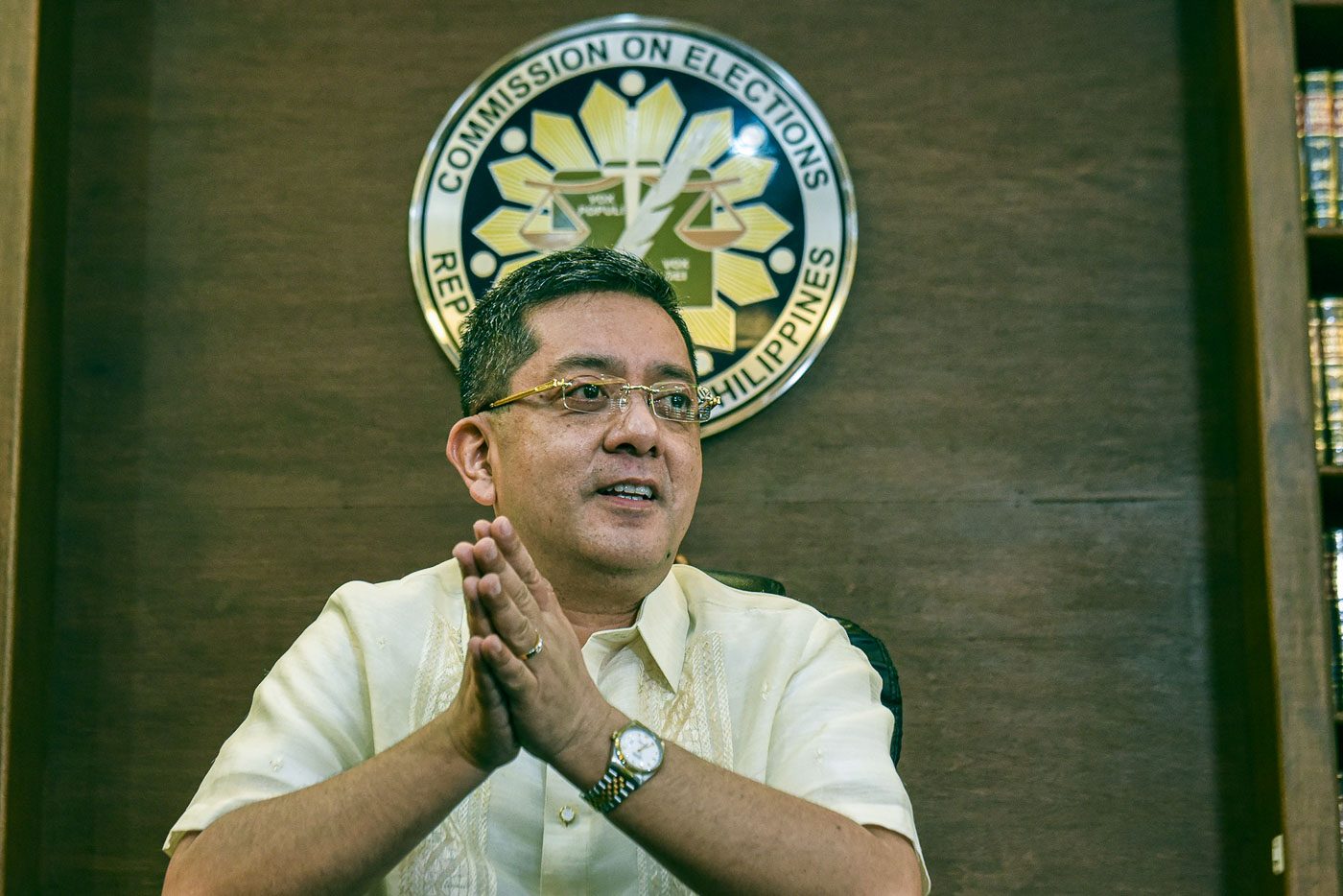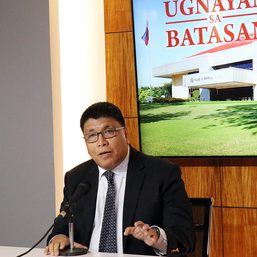SUMMARY
This is AI generated summarization, which may have errors. For context, always refer to the full article.

MANILA, Philippines – The Commission on Elections (Comelec) uploaded on its website on Thursday, March 23, the logs showing the first hour of transmission of election results after polls closed on May 9, 2022.
The move came in the wake of requests from persistent groups to release the data, amid fears of automated election system (AES) fraud.
Comelec Chairman George Garcia said on Wednesday, March 22, that the decision to make the data publicly available was “to erase doubts” on the credibility of AES.
Some sectors – including a group that filed a petition with the Supreme Court last year – expressed doubts on the fast transmission of 20 million votes to the transparency server, only an hour after voting ended.
“The Commission hopes that the provision of the transmission logs will clear the controversies you stated. However, any subsequent specific questions that you may have on the transmission logs will be answered by the Comelec,” Garcia wrote.
Some sectors – including a group that filed a petition with the Supreme Court last year – expressed doubts on the fast transmission of 20 million votes to the transparency server, only an hour after voting ended.
“The Commission hopes that the provision of the transmission logs will clear the controversies you stated. However, any subsequent specific questions that you may have on the transmission logs will be answered by the Comelec,” Garcia wrote in his response letter to retired colonel Leonardo Odono, among the concerned citizens who sought the transmission logs.
The petition filed with the Supreme Court in November 2022 questioned how 1.5 million votes were transmitted by 7:17 pm, when printing election returns already takes electoral boards 30 minutes.
But it is important to note that the transparency server was expected to project results as soon as the votes close, because the data come straight from vote-counting machines (VCMs), which count votes as soon as ballots are fed into it.

What the process is like
Here’s how the process goes. On election night, VCMs in polling precincts transmit election returns (ERs) to three destinations: the Comelec main server, the transparency server, and the municipal board of canvassers.
Results reflected on the transparency server are used by the media for their reports, and are the unofficial figures that the public sees first.
“The accumulation of figures in the transparency server is fast because it has been intended and designed to be fast. Its speed is a feature, not a glitch or proof of fraud. Speed is a desired feature meant to protect votes,” election lawyer and former Comelec chairman chief-of-staff Emil Marañon explained in November 2022.
The ones that are considered official are the numbers transmitted to the municipal board of canvassers (MBOC).
A “ladderized” system is followed. The MBOC transmits certificates of canvass (COCs) to the provincial board of canvassers (PBOC), which in turn sends the COCs to the national board of canvassers (NBOC).
In short, the official results come at a later time because the NBOC tallies certificates of canvass, not election returns.
Is there AES fraud?
A total of 1,310 vote-counting machines malfunctioned and had to be replaced on election day, providing an unsatisfactory voting experience for tens of thousands of Filipinos.
But overall, the number of defective machines only accounted for less than one percent of the total.
Poll watchdogs have not made any allegation of fraud in the automated election system (AES).
In its final assessment of the polls, NAMFREL still arrived at the conclusion that it “did not observe any anomalies in the automated counting of votes and electronic transmission of election results,” despite the discrepancy in the VCM system hash code that Namfrel pointed out during its pre-election AES monitoring.
A random manual audit of votes for the 2022 polls led by Lente, a process that checks whether vote-counting machines tallied the ballots fed into it accurately, yielded a 99% accuracy.
Even former vice president and defeated 2022 presidential aspirant Leni Robredo said in December that her legal team and group of IT experts did not find evidence of cheating.
However, the Asian Network for Free Elections said in its final assessment of the polls released in August 2022 that while the polls were credible, there were lingering issues.
“Election management in the Philippines remains of a better quality than most Asian countries even though we can witness a concerning backslide in transparency that needs to be addressed,” the group had said, citing the observer blackout during the early days of ballot printing, the lack of a public docket of election complaints, and the rampant vote-buying, among others. – Rappler.com
Add a comment
How does this make you feel?




![[New School] Tama na kayo](https://www.rappler.com/tachyon/2024/02/new-school-tama-na-kayo-feb-6-2024.jpg?resize=257%2C257&crop=290px%2C0px%2C720px%2C720px)
There are no comments yet. Add your comment to start the conversation.